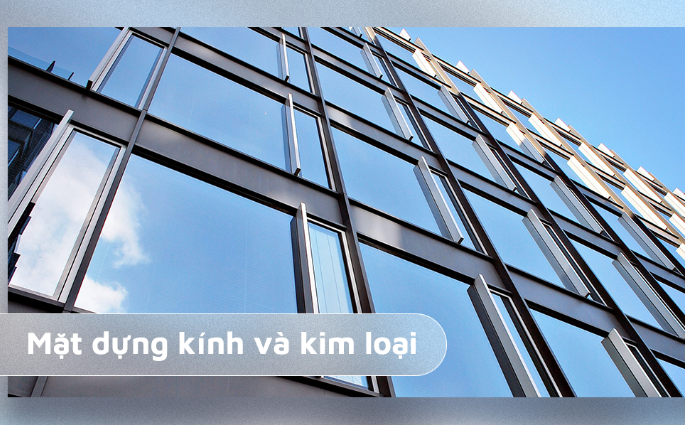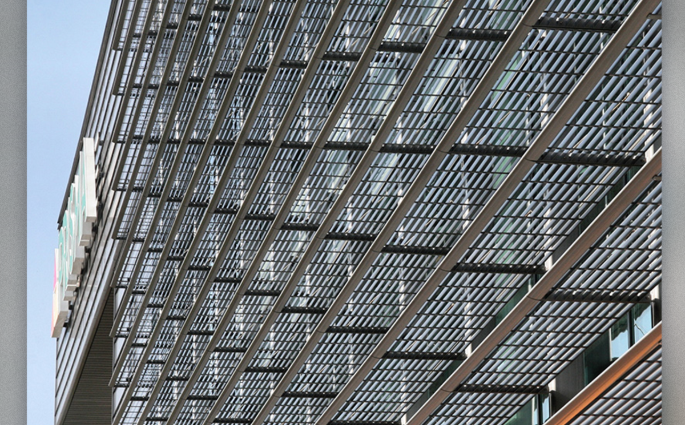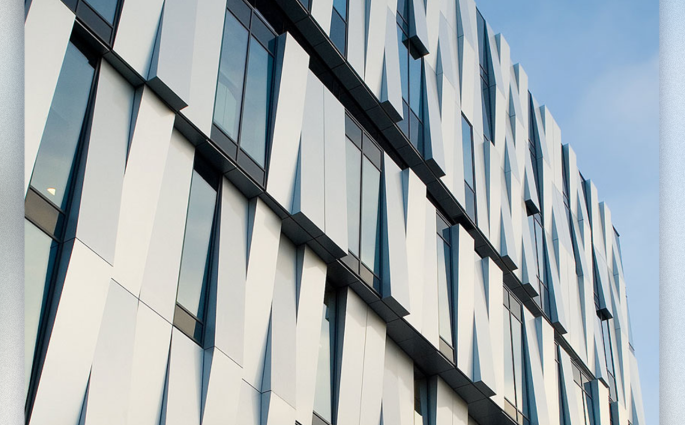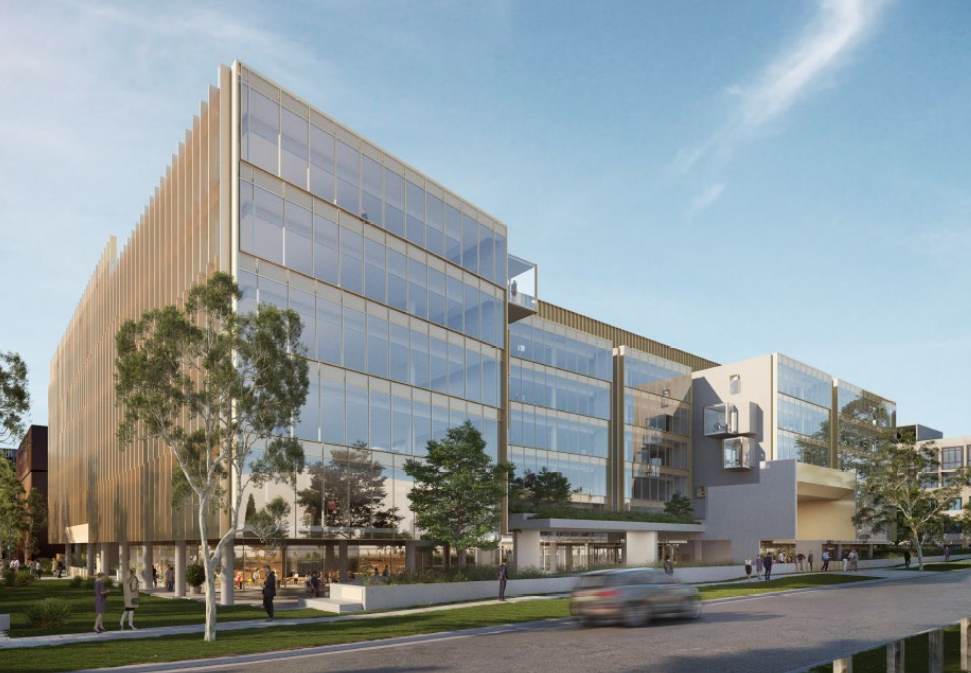Façades from architectural and technical perspective

Façade is one of the most important items in exterior design and construction. According to The Society of Façade Engineering (SFE) , façade techniques aim at solving all issues relating to the aestheticism, environment and structure of the building, while protecting the inner space.
As a balanced combination of art and technique, façade communicates the design message, brings out aesthetic effects, maintains the connection and protects the indoors from environmental impacts (solar radiation, rain water, noise…).
Façade, especially its type, also reflects the owner’s values, speaks up the characteristics of the construction, as well as enhances its modernity, transparency, and reliability.
1. GLASS-METAL FAÇADE:
Aluminium frame and laminated glass (a type of safety glass) system provides a lot of benefits to modern architectures. While laminated glass has a high level of safety, durability, adaptability, sound insulation and UV protection, the aluminium frame creates various and accurate shapes.
 Glass-metal façade
Glass-metal façade
2. ALUMINIUM LOUVER FAÇADE:
Aluminium louver façade system protects the interiors from solar radiation and leak of rainwater while maintains the most ventilation. Based on its aerodynamic performance and rainwater resistance, louver façade systems are categorized into for 4 groups by the BS EN 13030:2001 standard.

Aluminium louver façade
3. ACPS FAÇADE:
Aluminium composite panels (ACP) sheets are commonly used to construct façade due to their lightweight, heat insulation, noise insulation, and simple maintenance. Comprised of two thin aluminium panels bonded to a fire-retardant core (mostly plastic), ACP secures the indoors from high outside temperature. Besides, its polyvinylidene fluoride (PVDF) cover makes ACP climate-friendly and not easily peeled off like ordinary paints, which ensures high durability and easy maintenance.

ACPs façade
Please contact BM Windows for consulting on façade and aluminium-glazing solutions for your high-class projects.





